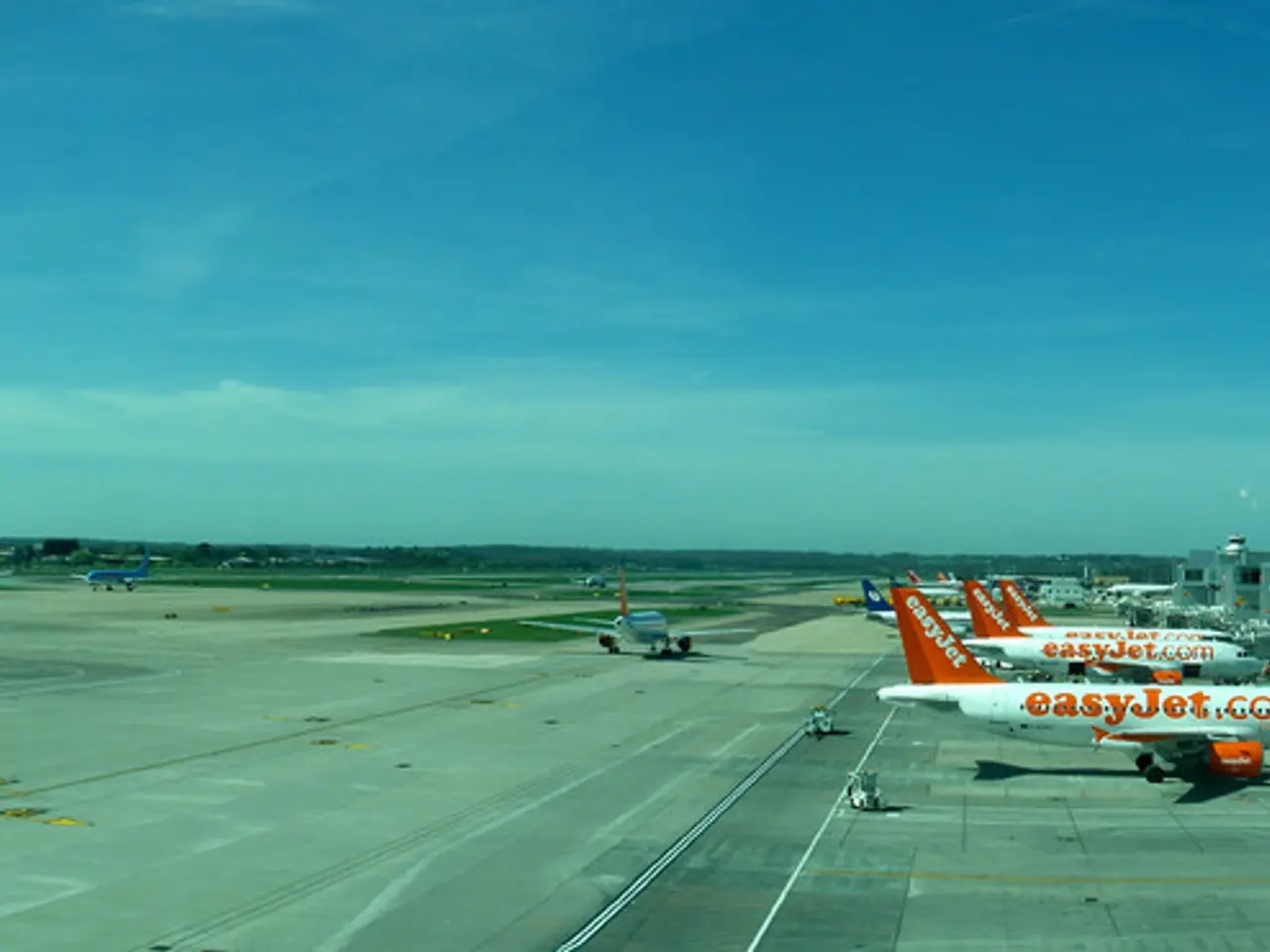Airports' Cybersecurity Challenges: Outdated Systems Leave Them Vulnerable
Airports, now digital hubs, face severe cybersecurity challenges. Outdated systems and interconnected networks leave them vulnerable to attacks, as seen in recent incidents and the 2024 DFS breach by state-sponsored group APT28.
Modern airports, complex digital ecosystems, rely on outdated and fragmented cybersecurity measures. Operational Technology (OT) systems, like those controlling passenger bridges, often use proprietary software and share networks with less secure systems. This lack of robust protection allows threats to spread easily.
In 2024, the state-sponsored cyberattack group APT28 successfully targeted the German air traffic control center, DFS. This attack raised alarming concerns about the resilience of the entire aviation security infrastructure. It's not just IT systems at risk; outdated HVAC systems, building management systems, or elevator controls often escape detection by classic security solutions, remaining unprotected.
Recent incidents highlight the urgent need for action. In one case, a compromised Wi-Fi router in a nearby café caused a passenger bridge failure, leading to delays at several gates. In September 2024, DFS confirmed a cyberattack on its administrative IT infrastructure, affecting internal systems.
Airport cybersecurity must evolve to match the increasing connectivity of airport systems. True cyber resilience requires comprehensive asset transparency, proactive vulnerability management, AI-driven threat intelligence, and robust network segmentation. By consistently separating critical systems from less secure areas, airports can better protect passengers and operations from cyber threats.
Read also:
- Web3 social arcade extends Pixelverse's tap-to-earn feature beyond Telegram to Base and Farcaster platforms.
- Germany's Customs Uncovers Wage, Immigration Violations in Hotel Industry
- Thriving once more: recovery of the gaming sector's downfall
- FKS Inspections Uncover Wage, Security, and Employment Violations in Hotel and Catering Industry








